The Problem
The challenge is that the Chinese regime is much closer to Taiwan, Japan, and contested territories than the United States. And the United States often needs a great deal of time to build up forces and logistics in the region before pursuing military operations. This entices Beijing to pursue a short, sharp war. The current thinking is that the danger is not a long war but one that is over before America can use its military might.The Solution
But there is a solution to the problem that has not been discussed in much detail. Historically, the Chinese Great Wall as we know it was built in the late Ming Dynasty, but a system of fortifications and defenses has existed in some form since the Warring States Period. It generally represented the divide between sedentary Chinese society and the nomadic and pastoral steppes, and formed a key defense against invasion.
Its basic features will deploy along the first island chain to encumber Chinese military movement from the China seas eastward or southward through the narrow seas that pierce the island chain. The first island chain runs from Japan through Taiwan and the Philippines. The central part of that chain and the focus of the new great wall includes Taiwan and the islands immediately to the north and south of them.
The latter is significant since strategists believe that any invasion of Taiwan will include a missile barrage against Japan to forestall any possible intervention.
This makes a wall of defense consisting of local missile defense and navies that stretches along the central part of the Chinese coast. While not impervious to attack or being broken by massive amounts of Chinese ships and missiles, this is the first part of the defense that can delay and slow down Chinese forces.
But that leads to the important second part of the defense. The islands and territories near China cannot move out of range of Chinese missiles. But the U.S. forces, particularly their heavy surface forces, can ply the open waters beyond the island chain, at the outer range of most Chinese missiles, and act as a mobile reserve force.
As strategists describe, the American destroyers, cruisers, and frigates will surge to points where China’s People’s Liberation Army (PLA) forces attempt to break out. The U.S. forces will seal any breaches in the frontier—keeping hostile forces penned within the China seas. For the Chinese to strike at the U.S. forces, they would have to target and bypass local defenses, presumably the territory they want to seize and hold.
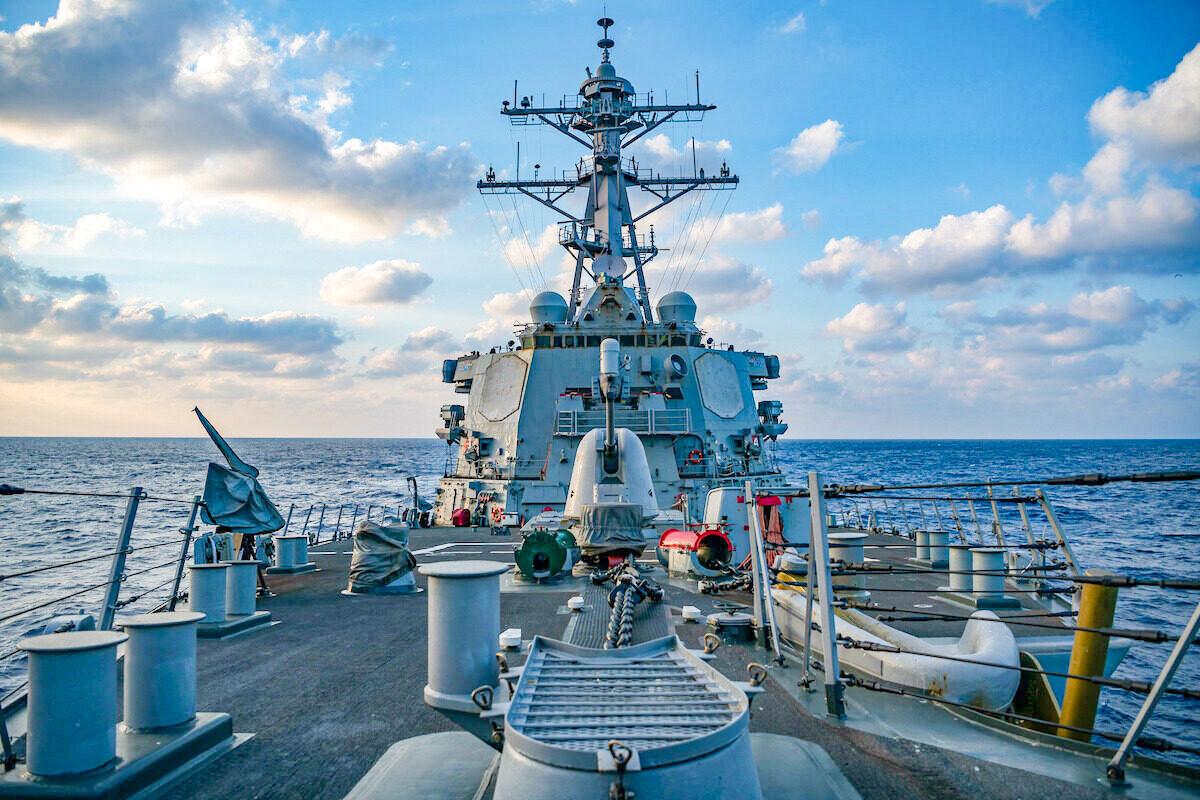
Moreover, U.S. forces are well equipped for missile defense. Most of the news is about Chinese carrier killing and hypersonic missiles. They are new and potentially dangerous. But they are also simply the latest version of technology that has been around since World War II. The United States continually upgrades the radar of Arleigh Burke-class destroyers and adopts new technology lasers, such as long-range sensors on F-35s, to counter new missile technology.
This strategy has the benefit of using terrain and mostly existing forces to deter and limit Chinese aggression. The Chinese troops will know they will face a constricted operating environment and strong defenses backed by American power and reinforced with quick reaction Marines.
While China does have potent weapon systems, the bungled Russian invasion suggests that strategy matters just as much, if not more than hardware, and the United States should consider a new great wall.
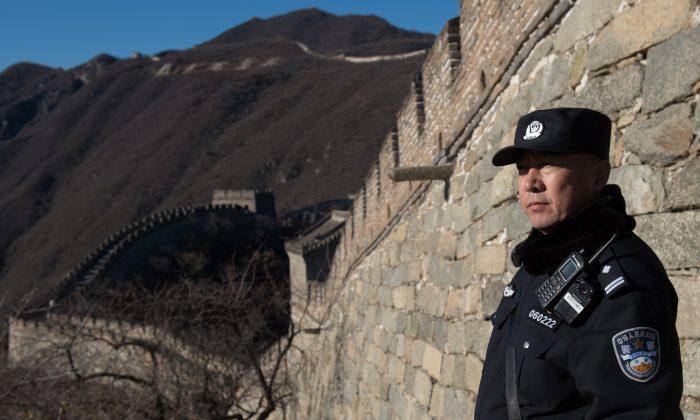

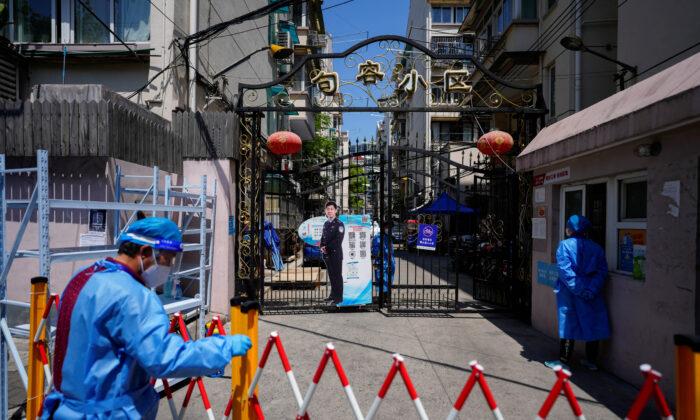

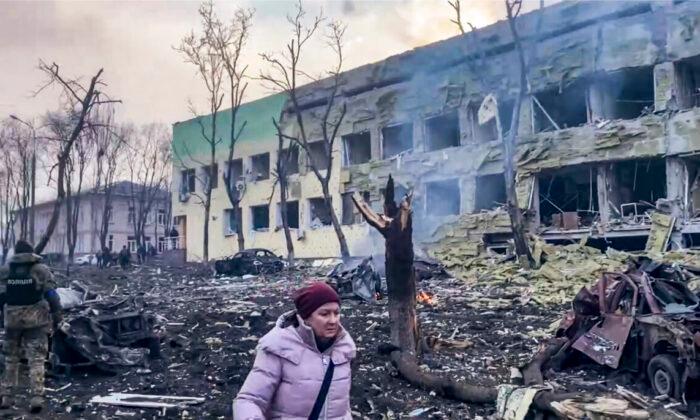
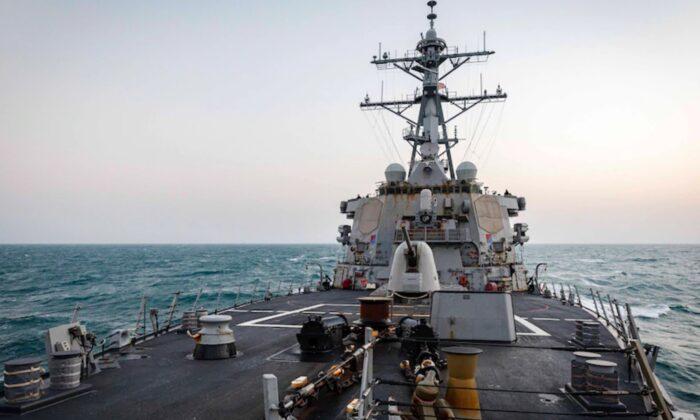
Friends Read Free